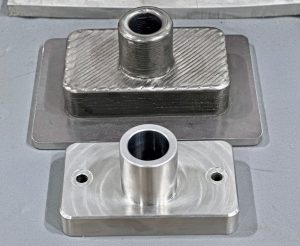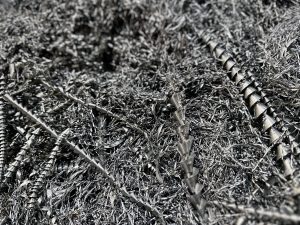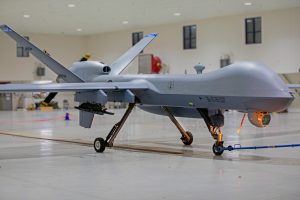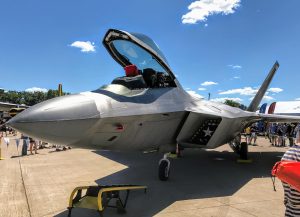
In the ever-evolving landscape of aerospace technology, the United States Air Force (USAF) stands at the forefront of innovation, constantly pushing the boundaries to enhance its capabilities. One revolutionary technology that has taken center stage in recent years is additive manufacturing. The Air Force has embraced this cutting-edge technology, leveraging its potential to transform the way aircraft are designed, produced and maintained.
The Rise of Additive Manufacturing
Additive manufacturing involves creating objects layer by layer using digital 3D models, offering unprecedented flexibility and efficiency in production. The U.S. Air Force recognized the game-changing potential of this technology early on and embarked on a mission to integrate it into various aspects of its operations.
Rapid Prototyping and Design Iteration
One of the primary advantages of additive manufacturing is its ability to facilitate rapid prototyping. The Air Force can now quickly design and produce prototypes of components and structures, allowing engineers to iterate and refine their designs at an accelerated pace. This speeds up the development process and significantly reduces costs associated with traditional prototyping methods.
Customization for Enhanced Performance
Additive manufacturing enables the creation of highly customized and complex components that would be challenging or impossible to produce using traditional manufacturing methods. The Air Force utilizes this capability to design aircraft parts tailored for specific missions, enhancing overall performance and mission success.
Supply Chain Resilience
The traditional aerospace supply chain is often complex and prone to delays. Additive manufacturing provides the Air Force with the opportunity to reduce dependence on external suppliers for certain components. By having the ability to produce critical parts on-site, the Air Force can enhance its operational resilience and reduce downtime caused by supply chain disruptions.
Lightweight and Efficient Structures
3D printing allows for the creation of intricate and lightweight structures without compromising strength. The Air Force employs additive manufacturing to produce components that are not only durable but also significantly lighter than their traditionally manufactured counterparts. This weight reduction contributes to improved fuel efficiency and overall aircraft performance.
On-Demand Maintenance
Additive manufacturing plays a crucial role in on-demand maintenance, allowing the Air Force to produce replacement parts quickly and efficiently. This is particularly valuable in situations where spare parts may not be readily available. As a result, aircraft downtime is minimized, ensuring that the Air Force can maintain a high level of readiness.
Innovative Materials
The United States Air Force is actively exploring new materials and technologies within the realm of additive manufacturing. From advanced superalloys to composite materials, these innovations contribute to the development of aircraft with enhanced durability, reduced weight and improved resistance to extreme conditions.
Low-run Components
Unlike the massive wartime construction of aircraft during World War II, much of today’s U.S. Air Force is comprised of a limited number of specialty aircraft. For example, the entire fleet of F-22 Raptors consists of 186 aircraft. With an aging fleet and numbers in the hundreds, manufacturing parts through a casting process is less beneficial and more expensive in the long run when compared to on-demand additive manufacturing.
The integration of additive manufacturing into the operations of the U.S. Air Force represents a pivotal moment in the history of aviation. By harnessing the capabilities of 3D printing, the Air Force is not only revolutionizing the way aircraft are designed and produced but also ensuring a more agile and resilient force. As technology continues to advance, it’s clear that additive manufacturing will remain a cornerstone of the Air Force’s commitment to staying at the forefront of aerospace innovation.
What can ADDere do to safeguard our defense?
ADDere Additive Manufacturing is at the forefront of large-scale metal-alloy 3D printing. Our additive products and print services are perfectly suited for any military and defense projects. Our proven ITAR-compliant facilities and processes have already been put to the test in projects we have carried out for several major defense contractors.
Whether your manufacturing operation is for defense applications, aerospace or another industry, we have the tools, processes and experience to produce best-in-class parts for any industry. Contact us today and speak with one of our additive experts on how we can improve your manufacturing capabilities.

